Growth in Consumer Electronics
The growth in consumer electronics is a notable driver for the Soft Magnetic Composite Market. With the proliferation of smart devices, there is an increasing demand for compact and efficient components. Soft magnetic composites are essential in the manufacturing of inductors and transformers used in various consumer electronics, including smartphones, laptops, and home appliances. The consumer electronics market is projected to expand significantly, with estimates suggesting a compound annual growth rate that could reach double digits in the coming years. This trend indicates a rising need for innovative materials that can enhance device performance while minimizing size and weight, thereby boosting the demand for soft magnetic composites.
Rising Focus on Miniaturization
The rising focus on miniaturization in various industries is a key driver for the Soft Magnetic Composite Market. As devices become smaller and more compact, the need for lightweight and efficient magnetic materials is becoming increasingly important. Soft magnetic composites offer the advantage of being lightweight while maintaining high magnetic performance, making them ideal for applications in telecommunications, automotive, and consumer electronics. The trend towards miniaturization is expected to continue, with projections indicating that the market for miniaturized components will grow significantly in the next few years. This trend is likely to enhance the demand for soft magnetic composites, as manufacturers seek to optimize their designs without compromising on performance.
Advancements in Industrial Automation
Advancements in industrial automation are significantly influencing the Soft Magnetic Composite Market. As industries adopt automation technologies, the demand for efficient and reliable magnetic materials is increasing. Soft magnetic composites are utilized in sensors, actuators, and other components that are critical for automated systems. The industrial automation market is expected to grow at a rapid pace, with forecasts indicating a substantial increase in investment in automation technologies. This growth is likely to drive the demand for soft magnetic composites, as manufacturers seek materials that can improve the efficiency and reliability of their automated processes.
Expansion of Renewable Energy Sources
The expansion of renewable energy sources is driving the Soft Magnetic Composite Market forward. As countries increasingly invest in wind and solar energy, the need for efficient energy conversion systems becomes paramount. Soft magnetic composites are utilized in transformers and inductors, which play a crucial role in the integration of renewable energy into the grid. The market for renewable energy is expected to witness substantial growth, with projections indicating that by 2025, renewables could represent a significant share of the global energy mix. This shift necessitates the development of advanced materials that can enhance the performance and efficiency of energy systems, thereby propelling the demand for soft magnetic composites.
Increasing Adoption of Electric Vehicles
The rising adoption of electric vehicles (EVs) is a pivotal driver for the Soft Magnetic Composite Market. As the automotive sector shifts towards electrification, the demand for efficient magnetic materials is surging. Soft magnetic composites are integral in the design of electric motors and transformers, which are essential components of EVs. The market for electric vehicles is projected to grow significantly, with estimates suggesting that by 2030, EVs could account for a substantial percentage of total vehicle sales. This transition not only enhances energy efficiency but also reduces carbon emissions, aligning with global sustainability goals. Consequently, the Soft Magnetic Composite Market is likely to experience robust growth as manufacturers seek advanced materials to meet the evolving demands of the automotive industry.




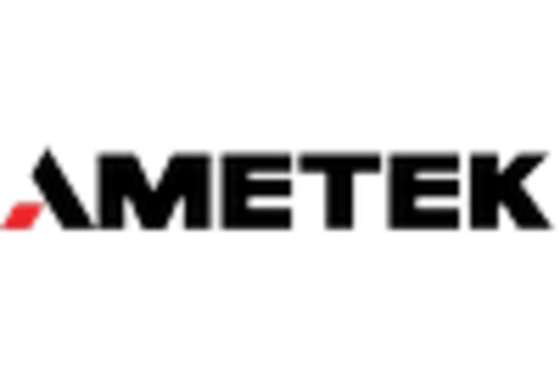
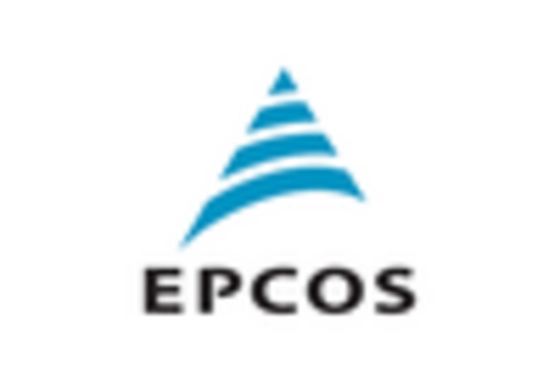
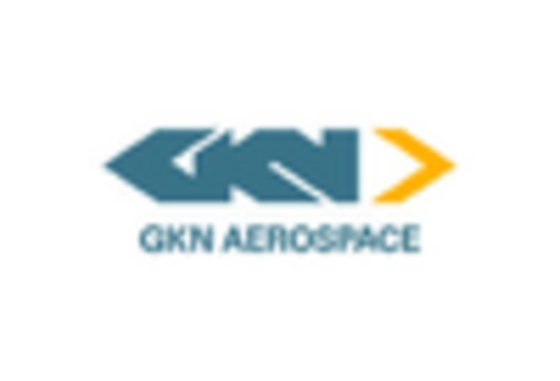
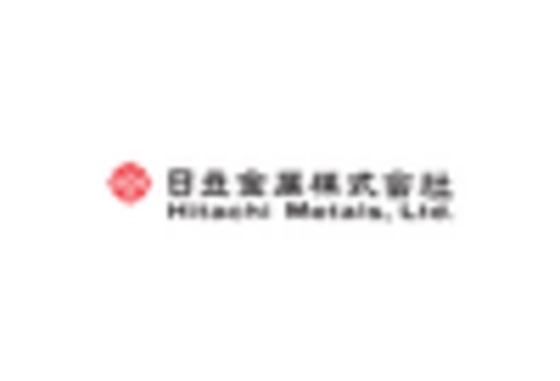
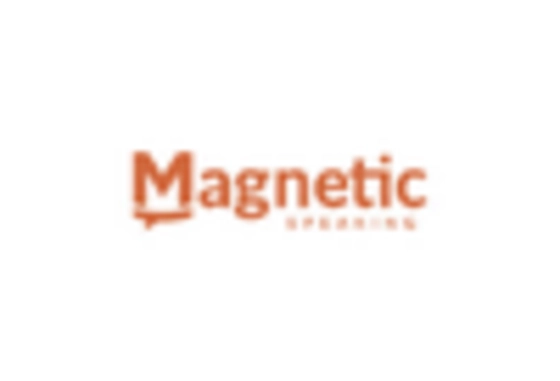
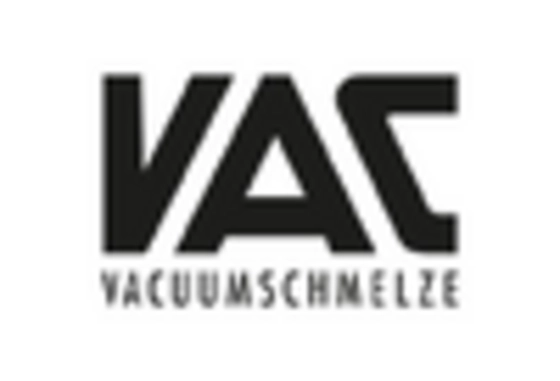








Leave a Comment